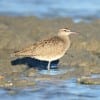 By Jim Stevenson
By Jim Stevenson
These are the last of January’s gallery, and we’ll star Costa Rica Monday (or so).
Hope you guys are doing well.
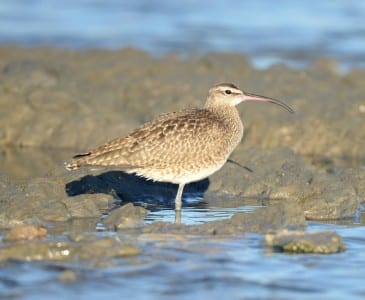
Whimbrels are on oyster bars in Galveston Bay in winter. Otherwise a spring migrant.
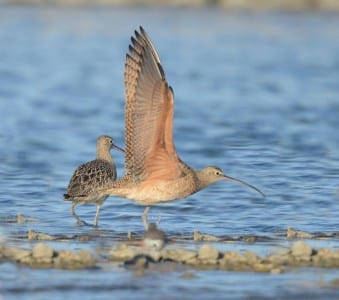
Long-billed Curlews share the oyster bars but are usually seen on lawns and salt marshes.

Western Willets prefer the Gulf beach water and not the Bay side, like Easterns.
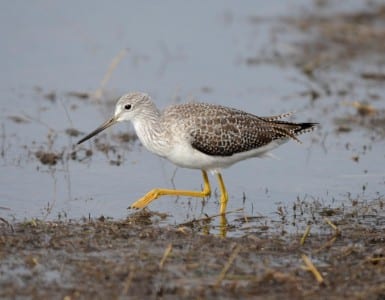
Greater Yellowlegs are found singly along our coast most winters (scarce this winter, due to cold). Lessers (below) are scarce in winter but are more often in flocks.
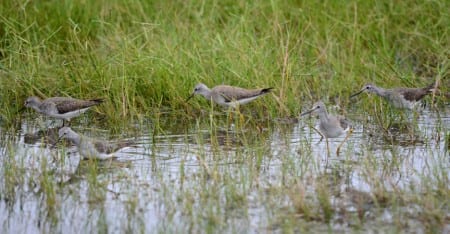
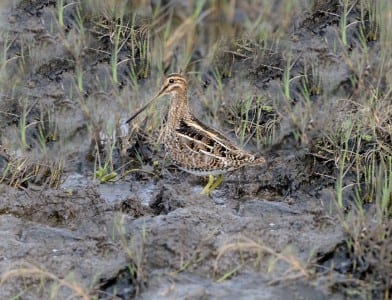
Wilson’s Snipe are winter residents in wet pastures and marshes (no trees).
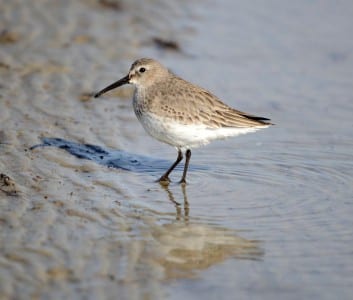
Dunlins are late-arr iving winterers in small flocks along the coast, Bay or Gulf sides.
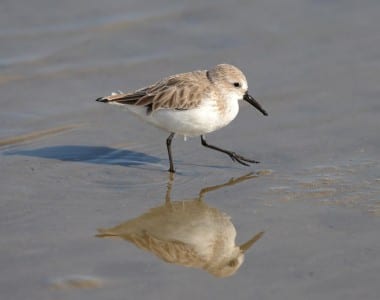
Wilson’s Plovers are rare in winter, on open, sandy beaches – often on the Bay side.
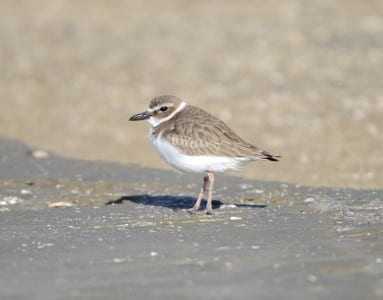
Wilson’s Plovers are rare in winter, on open, sandy beaches – often on the Bay side.
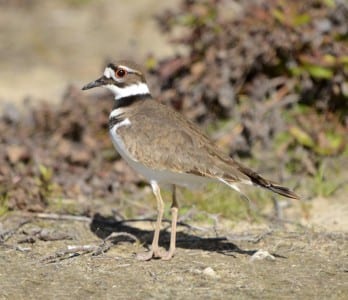
Killdeer are rather terrestrial plovers from beaches to yards and pastures.
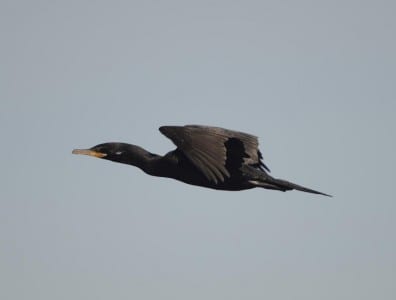
Neotropic Cormorants are in quiet, shallows, usually marine. Note onset of breeding pl.
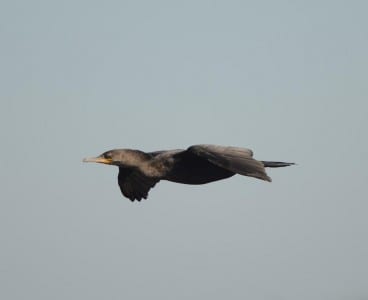
Immature Neotrops lack the whitish chest of DC, and longer-tailed and more slender.
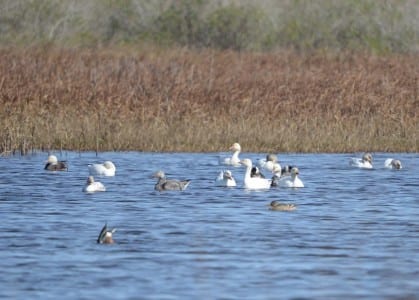
Snow Geese, including the dark morph, are usually protected in NW Refuges.
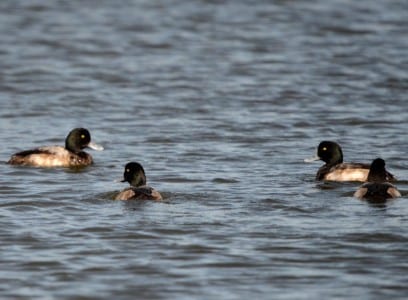
Greater Scaup are scarce in lakes, sometimes in salt water. Note round, green head.
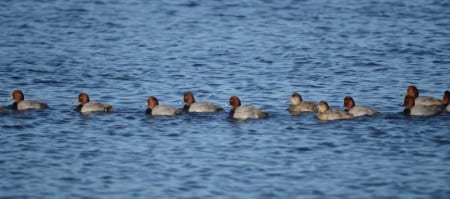
Redheads are all over Galveston’s West Bay right now, and 7½ mile Road.
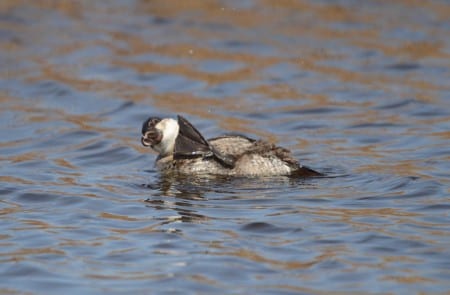
Ruddy Ducks are usually in freshwater, ignored by duck hunters.
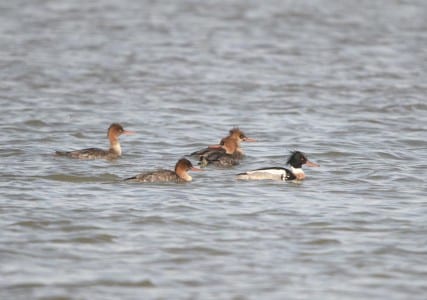
Red-breasted Mergansers are found in shallow mar ine waters, chasing small fish.
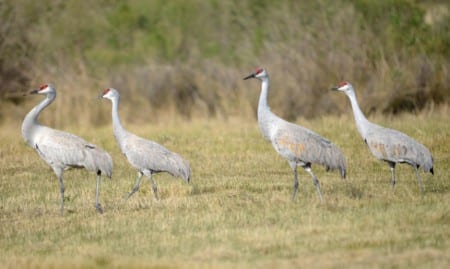
Sandhill Cranes are founds by the dozens all over Galveston’s pastures at present.
You can skip to the end and leave a response. Pinging is currently not allowed.
 By Jim Stevenson
By Jim Stevenson


















 Posted in
Posted in 























